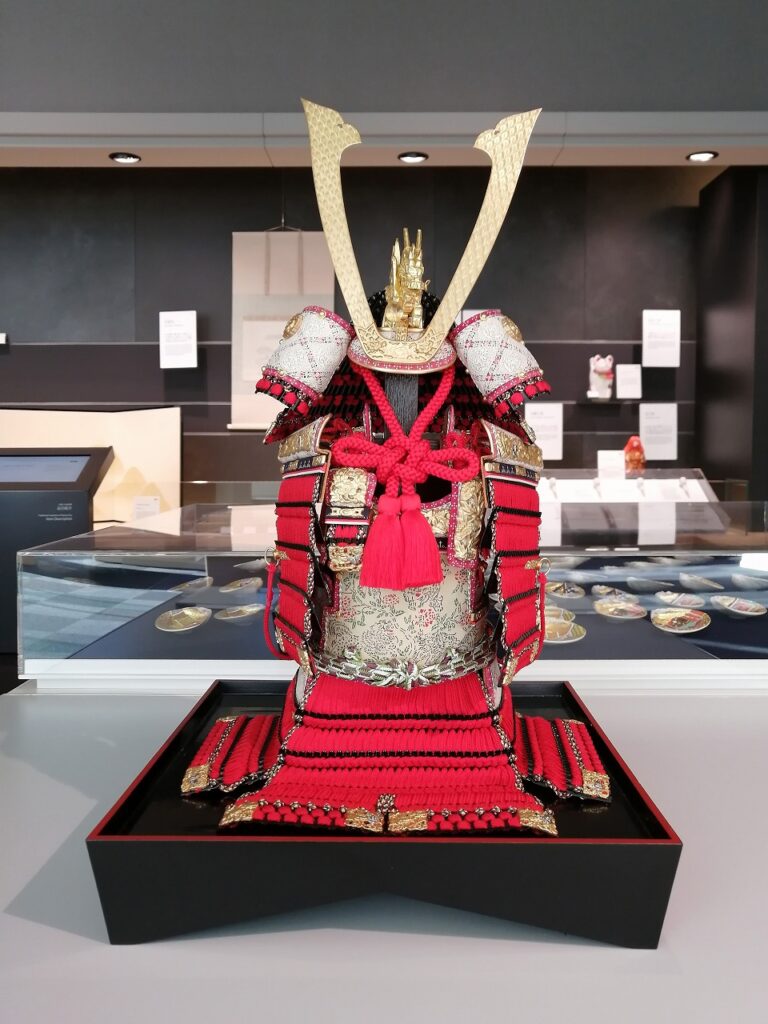Blog
Celebrating Children’s Day in Japan with traditional crafts
2022/05/03
Hello reader,
In Japan, this time of the year is marked by a series of holidays lovingly called “Golden Week” by the Japanese, which starts on April 29th with Showa Day and ends on May 5th with Children’s Day. The last one was officially designated a national holiday in 1948, but before then, it was known as Boys’ Day (the girls are celebrated on March 3rd with the Hinamatsuri festival). Therefore, traditionally, the decorations chosen for the occasion symbolize masculine strength, courage, vitality and power.
In Kyoto, families like to celebrate their boys with locally handmade crafts. Indoor decorations may include a whole samurai warrior armour called yoroi or only a part of it, for example kabuto, a traditional Japanese military helmet, a sword or bow and arrows.
Another lovely way of indoor celebration is to display Gogatsu ningyo, warrior dolls crafted specially for the occasion as a prayer for good fortune and protection from misfortune and evil. Such dolls usually represent Momotaro and Kintaro, two famous folk heroes that all Japanese children know and love. The Gogatsu ningyo from Kyoto are especially known for their attention to detail coming from a deep knowledge of traditional Japanese court culture, its ceremonies and costumes, and also from the reputation of local craftsmen possessing the necessary techniques that are well-documented and handed down from generation to generation.
As for outdoor decorations, households with sons also may hoist koinobori, or carp-shaped windsocks, outside their homes, the number of them usually being the same as the number of family members (at least 3, to represent the father, the mother and the child).
With the change of lifestyle, urban living and lack of space, many handmade decorations are crafted in miniature form, sometimes with a modern twist, becoming no less detailed and alluring. Such quality items are true heirlooms that will serve for many decades and bring joy to all family generations.
Words : Anastasiya Bulkavets (ArigatoCreative.co)
Images : Kyoto Museum of Crafts and Design




